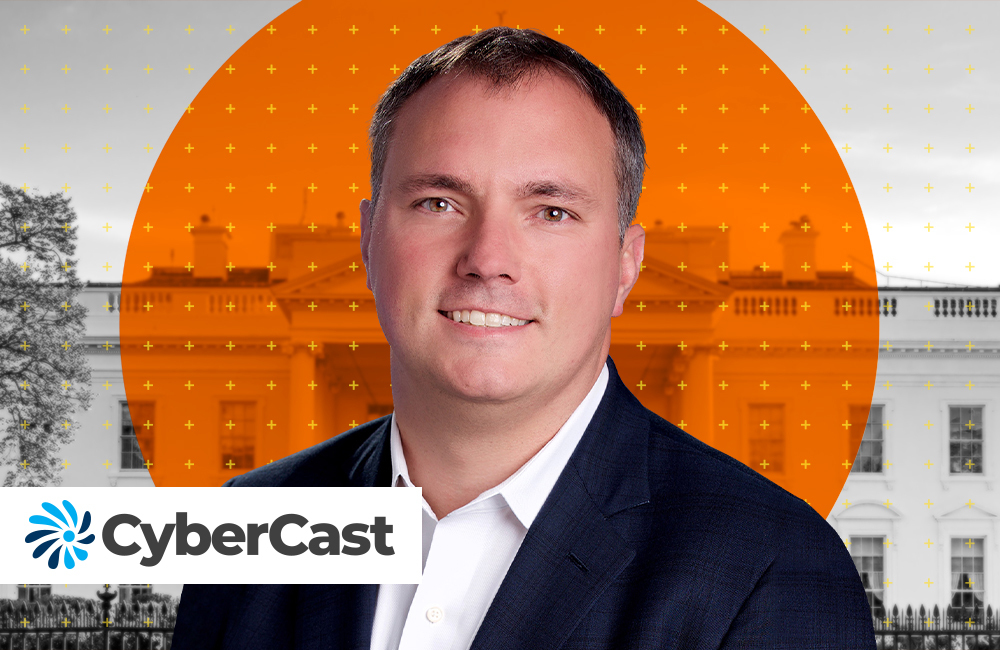Government Needs to Tie Advances in Data Science to Human-Centered Design
Technology experts across the federal health sector see customer satisfaction as the essential purpose behind implementing complex analytics.

Agencies are focusing on human-centered design as the guiding principle that will ensure effective use of new health care technology across major agencies.
For the U.S. Digital Service, understanding policy and the associated customer service process is crucial before designing any analytic solution. Data science experts at the Feb. 11 GovCIO Media & Research Digital Health CXO Tech Forum
“One of the things [USDS] always tries to engage with our partner agencies is to make sure we understand we understand the ‘why’ around why we’re designing policy, why we’re implementing a new IT system,” Director of Digital Services at the Department of Health and Human Services Misu Tasnim said at the Feb. 11 GovCIO Media & Research Digital Health CXO Tech Forum.
Tasnim noted that the application of complex data analytics to federal health IT has often occurred under a technology-first process that is less effective at meeting customer needs. The solution, she added, is to instate human-centered design principles as a foundation behind new tech application.
“What we’re starting to find is folks will write a policy and not really engage with the end user to see how that policy is impacting their lives,” she added. “We’ve now gotten to the point we’re writing that into contracts with human-centered design.”
The best way to ensure this occurs is through an ongoing testing and calibration process throughout the product design lifecycle, an approach she summarized as “being very mindful of the operational processes and where the humans are along that workflow.”
In outlining the data science-supported research ongoing at the National Institutes of Health, NIH Principal Deputy Director Dr. Lawrence Tabak emphasized the need to borrow proven technologies from the private sector to append preordained structure behind these new applications.
While noting that “the NIH is the largest supporter of biomedical research in the world,” Tabak also acknowledged that “biomedical research is now very much mainstream in the big-data revolution.”
This has necessitated the aggregation of NIH research data within expansive cloud servers, leading to ongoing partnerships with both Google and Amazon Web Services.
“We’ve been able to move about 30 petabytes of biomedical data into the cloud into the cloud already. That makes it probably the largest biomedical research dataset,” Tabak said.
This coordination between NIH and private sector has enabled a scope of research that otherwise wouldn’t have been feasible.
“What we’re now doing is computing across various disparate data sets,” Tabak said. “Things like genomics, things like imaging, things like electronic health records. … By partnering with the private sector, we’ve really moved our agenda forward. It’s really not something we can do in isolation.”
Col. Thomas Cantilina, Chief Health Informatics Officer at the Defense Health Agency, used his own experience in designing the MHS Genesis electronic health records system to underscore the need to apply customer usability applications to product design.
During the advent of MHS Genesis, Cantilina endeavored to shorten the prolonged wait time servicemembers typically endured when seeking physician appointments — a process that previously took 18 minutes on average. The solution, Cantilina said, was to draw information from patient records to expedite the process and better align them with the right health practitioners.
The initial efforts proved promising. “In looking at the data and identifying where the problem actually was, we decreased it to about five minutes average wait time,” he said.
Still, Cantilina realized that additional data integration could further streamline the process.
“We added the second set of [EHR] data and created a dashboard and monitoring system so that we could target our efforts on what we needed to prove and restructure things. And by February, six months after we started the project, our average wait time was 28 seconds. And it stayed that way for the four years I commanded the facility.”
He emphasized that a concurrent process of standardization was a guiding principle behind MHS Genesis, a practice that was designed to create a uniform customer service experience irrespective of the servicemember’s health needs.
“Everyone wants to focus on the shiny object … but that’s usually not the issue. It’s usually either training the people and getting them to understand, or standardizing the workflow, the process, the sequence of events that need to occur to care for the patient so it’s the same everywhere you go,” Cantilina said.
In discussing the private-sector approach to human-centered health IT implementation, Dr. Brenda Blunt, health director at CVP, emphasized the need to create products that directly meet the care needs of health providers.
“When done well, analytics support health care delivery by really effectuating the analysis and augmenting what the providers know. What nurses know, what physicians see, what home health aides see. The technology, when implemented based on the people and the actual use cases for that implementation, it augments that and streamlines care,” she said.
Blunt noted that no matter how advanced a new analytics solution, it is only as useful as its ultimate impact on customer service.
“We hear, ‘Oh, let’s implement an AI solution. Let’s predict re-admissions.’ — But have you thought about where you’re going to use that information, who is going to use that information, and how are you getting that data to that person, whether it be an alert to that patient’s family member or an alert to a primary care physician?” she concluded.
This is a carousel with manually rotating slides. Use Next and Previous buttons to navigate or jump to a slide with the slide dots
-

Cyber Resilience and Recovery Amid Evolving Cyber Threats
Data durability is a key aspect of NIST’s cybersecurity framework for public and private organizations.
21m listen -

Energy Researchers Aim For Holistic Approach to AI Issues
A new center at the Oak Ridge National Laboratory is looking at under-researched areas of AI to better understand how to secure it.
2m read -

How Agencies are Upskilling the Workforce in AI
Federal officials are putting in place new training and education methods to ensure its overall workforce understands the technology.
3m read -

Building Better Data Governance Across FDA
The agency is using emerging technology to tackle its data challenges.
19m listen




